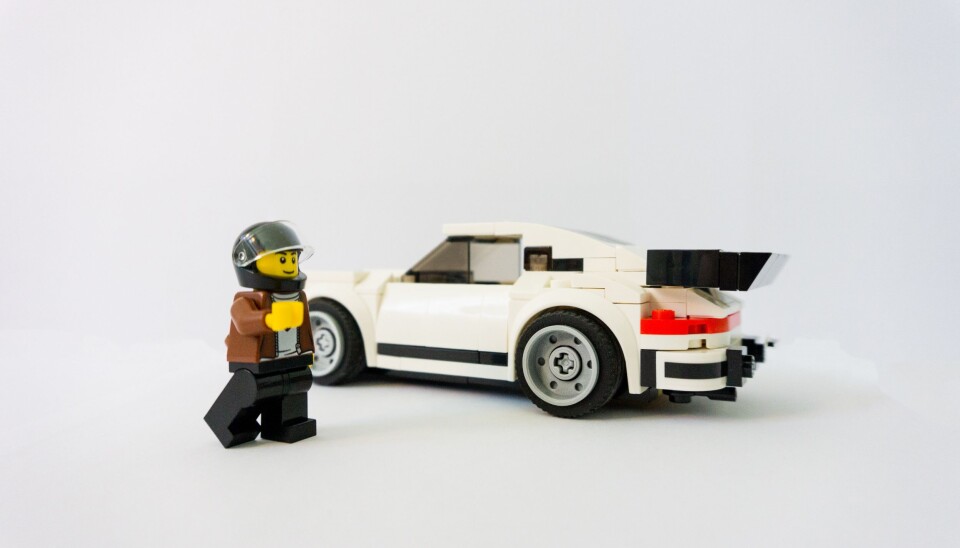This article was produced and financed by BI Norwegian Business School - read more

The rebranding riddle: What drives customers away?
From Lego to Porsche, loyal customers form strong bonds with brands and make them part of their identity. So what happens when companies start tweaking things?
Consumers connect with the brands they buy, especially the ones they love. Certain brands resonate with our own identities, and we use them to reflect who we are or who we want to be.
“As a result, this bonding between brand and consumer becomes a valuable commodity. Nevertheless, companies often make strategic decisions to change their brand image in a bid to boost sales or break into new markets”, says Professor Luk Warlop at the Department of Marketing at BI Norwegian Business School.
While rebranding can be effective, it can also frustrate loyal customers. In a recent study, Warlop and his colleagues wanted to look deeper into why this happens.

It turns out that marketing managers should pay very close attention to the nature of the relationship between brands and consumers.
The Porsche example
An interesting case in point was Porsche’s launch of its Cayenne model back in the early 2000s. The new SUV enabled the German car manufacturer to reach a completely new customer segment, and resulted in increased market share and sales success. So far, so good.
“However, existing customers did not respond well to the Cayenne, which came to be known as «the SUV for soccer moms», arguing that it contaminated Porsche’s brand image”, Warlop explains.
Typical drivers of the Cayenne tended to be safety conscious, family oriented and conservative, which conflicted with and dampened Porsche’s established reputation for speed and masculinity.
“We noticed similar negative reactions when brands became more of something, (e.g. Lego becoming even more creative, Apple becoming even sleeker)”, he says.
What influences brand connections?
When trying to answer why this happens, the researchers discovered that the motivation behind why certain customers connect with certain brands was very important.
“On the one hand, customers who chose a brand because of a self-verification motive were likely to perceive any changes in brand image negatively. Porsche drivers who chose Porsche because they view both themselves and the brand as masculine and cool, will not appreciate changes to a product that already clearly speaks to their current image”, Warlop explains.
On the other hand, changes to the existing brand image were likely to be perceived positively if self-enhancement motivated the consumer.
“In many ways, it is easier to modify the brand when your customer is still designing their ideal and future identity”, he says.
Solving the riddle
Many managers find these decisions frustrating. Should you aim for consistency or dynamism?
“To avoid the risk of upsetting your customer base, some might feel inclined to avoid any changes in brand image. However, companies run the risk of experiencing «relationship myopia», where a focus on existing customers lessens their strategic scope and ability to drive development and growth, resulting in stagnation and reduced competitiveness”, Warlop says.
Thus, managers face the difficult task of balancing the trade-offs between having a dynamic brand strategy or a strategy that builds a strong, consistent position among existing core consumers.
“Nevertheless, even if these consumers constitute a relatively small part of your brand’s customer portfolio, their influence on others might be strong, suggesting that they still warrant special attention from any responsible marketing manager”, he says.
Reference:
Gaustad, Tarje; Samuelsen, Bendik; Warlop, Luk; Fitzsimons, Gavan. (2019). Too much of a good thing? Consumer response to strategic changes in brand image. International Journal of Research in Marketing, 36 (2), 264-280.



































